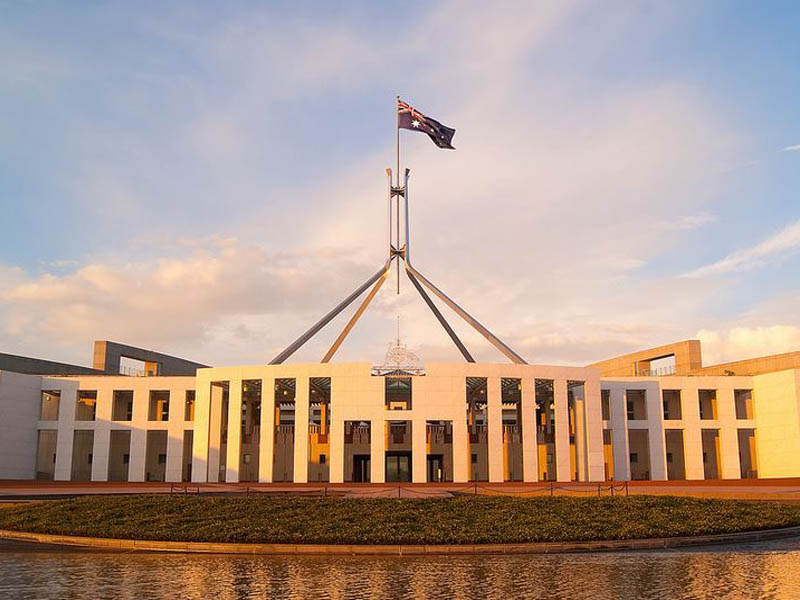The Turnbull Government has quietly merged three separate policy units related to public data, bringing them together within the Department of Prime Minister & Cabinet as a key driver of the government’s innovation strategy.
The creation of the new Public Data Branch within PM&C signals this government’s renewed intent to smarter data policy to drive not only public sector innovation, but private sector engagements as well.
The open data team from the Department of Finance has been merged with the Communications department’s Data Policy Branch and Digital Government Strategy team to create the new branch.

This is not tinkering at the edges of the digital and data policy development, but instead puts it at the centre of the Prime Minister’s policy agenda. Whether or not the move to PM&C can make data policy more business-friendly remains to be seen.
But it is certainly a start. The changes will almost certainly have a direct and substantial policy influence on Commonwealth procurement, especially in relation to digital services, although it can reasonably be assumed the administration of this area will remain in the Department of Finance.
Bringing data policy together with the digital government policy unit also sends a very clear signal to the rest of government about direction. And, that there’s not much choice about whether to get on board or not.
It is one thing to have a digital government team yelling at the wind about transformation issues from the Communication department, it is quite another when it is coming from the PMs department.
The new Public Data Branch is headed by Helen Owens from the Communications department. Ms Owens has lengthy experience in data management policy – particularly in spatial data – with the departments of Resources, Energy and Tourism, Defence and most recently Communications.
The branch responsibilities include Data Strategy; Data Infrastructure; Data and the Economy; and Digital Government Strategy.
According to the branch’s first blog post – written by long-time Gov 2.0 advocate Pia Waugh, who will lead the Data Infrastructure team – the Digital Government Strategy team will provide policy support and direction to the Digital Transformation Office.
It is interesting that Gov 2.0 has disappeared from the government vernacular, signifying that public sector digital efforts have moved from ‘engagement’ to more delivery-based public-private collaborations on data.
This is yet more evidence that digital policy – and specifically data – has been moved to the heart of the government’s economic policy. This is the pointy-headed end of public policy wonkiness, but it is also fundamental to whole bunch of Malcolm Turnbull’s stated economic ambitions.
We have yet to see how the Turnbull Government will deliver on its innovation rhetoric. We expect that much will be revealed in the Innovation Statement expected by Christmas.
But the centralising of data policy at the top of government is an excellent start.
Do you know more? Contact James Riley via Email.

